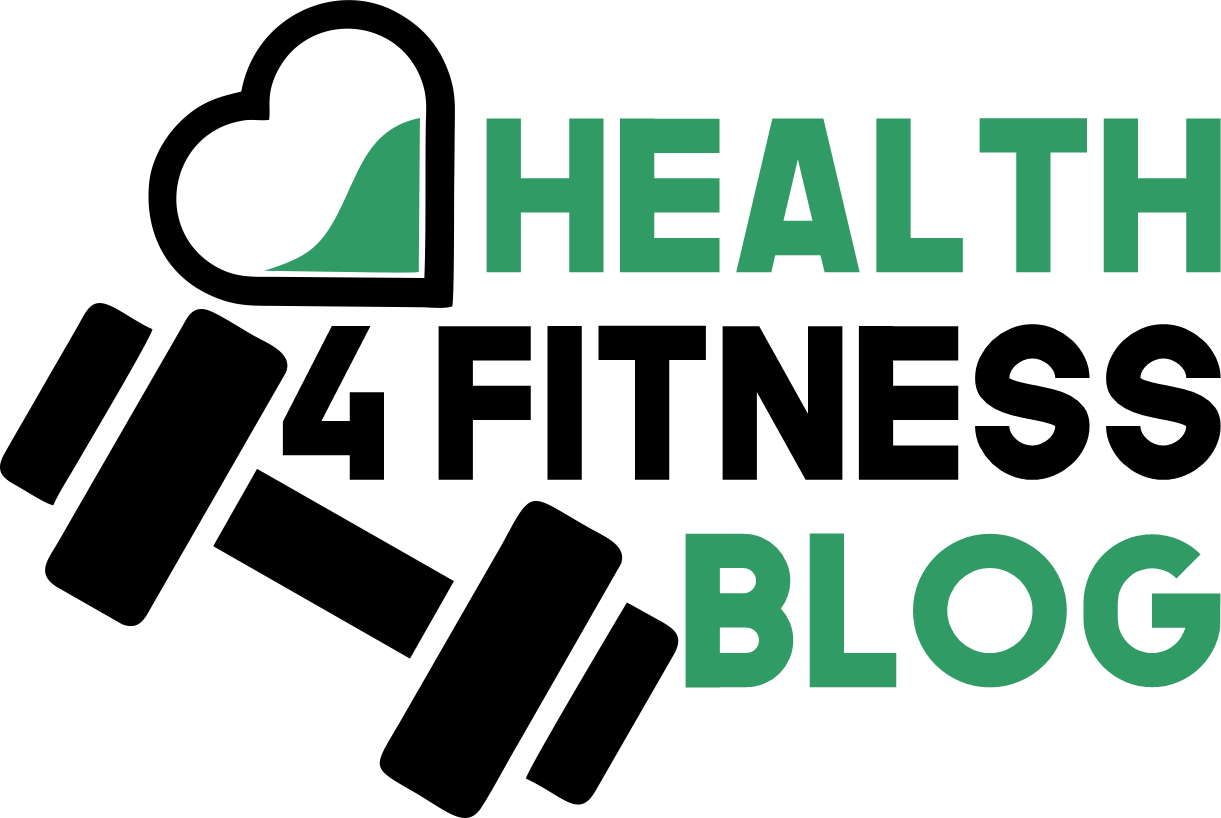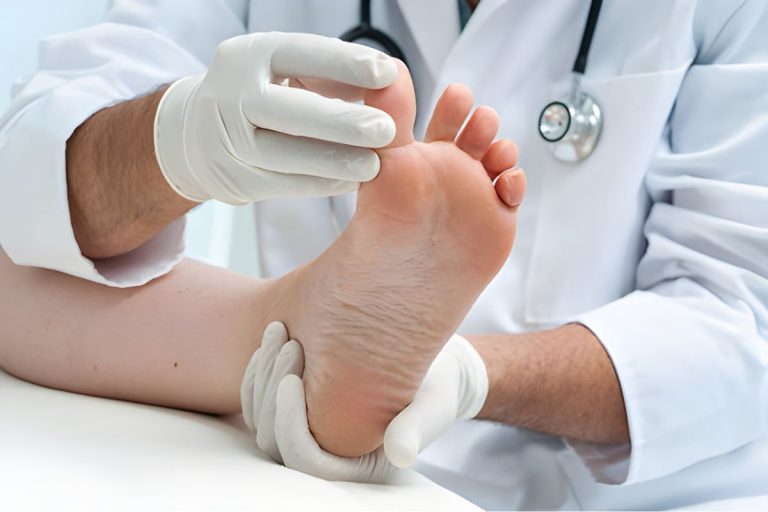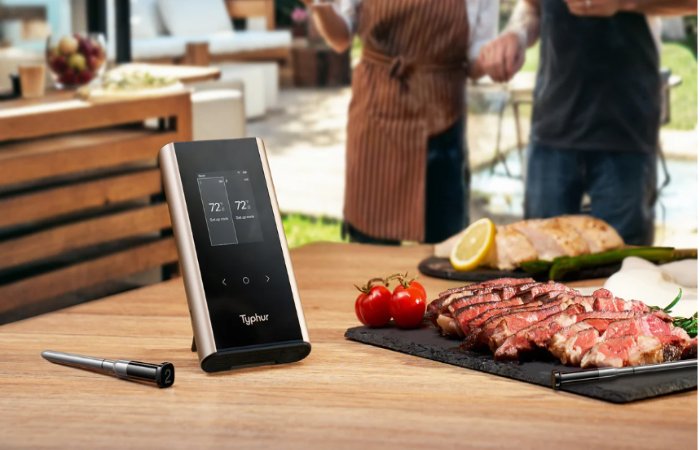Making the switch from cigarettes to vaping can feel daunting with the overwhelming array of devices, settings, and options available today. Whilst advanced vape systems offer customisation and power, they often intimidate newcomers who simply want a straightforward alternative to smoking. Cigalike starter kits address this need perfectly, offering the most intuitive transition experience without technical complexity or steep learning curves.
Table of Contents
Understanding Cigalike Devices
Cigalike vapes earned their name through deliberate design—they closely resemble traditional cigarettes in size, shape, and weight. This familiarity provides psychological comfort for smokers attempting to quit, as the physical ritual remains largely unchanged. You hold it the same way, bring it to your mouth similarly, and the hand-to-mouth motion that smokers find comforting continues seamlessly.
Why Simplicity Matters for Success
Quit attempts fail most often when switching methods introduce too many variables simultaneously. You’re already managing nicotine cravings and breaking psychological habits; adding device complexity creates unnecessary obstacles. Cigalike kits eliminate this barrier by requiring virtually no learning—remove from package, attach components if necessary, and start using immediately.
This simplicity proves especially valuable during stressful moments when cravings peak. You don’t want to fiddle with settings, worry about proper technique, or troubleshoot device issues when you need nicotine relief immediately. Cigalikes just work, providing consistent, reliable performance exactly when needed.
Key Advantages of Cigalike Starter Kits
Several distinct benefits make cigalike devices particularly effective for new vapers transitioning from cigarettes.
Authentic Smoking Sensation
The tight draw of cigalike devices authentically replicates cigarette inhalation resistance. This mouth-to-lung vaping style feels natural to smokers, unlike the airier draws of larger devices that can feel alien initially. The throat hit—that slight catch in your throat when inhaling—mirrors smoking sensations, providing the physical feedback smokers associate with nicotine intake.
Weight and balance also contribute to familiarity. Cigalikes feel substantial enough to seem “real” without the bulk that makes larger vapes conspicuous or awkward to hold like a cigarette.
Ultimate Portability
Compact dimensions make cigalikes genuinely pocket-friendly. They slip into shirt pockets, small handbags, or even coin pouches without bulk or weight concerns. This portability encourages consistent use—you’re more likely to carry and use a device that doesn’t burden you with size or conspicuousness.
Discretion matters significantly for many users. Cigalikes produce minimal vapour compared to larger devices, allowing use in situations where cloud production would attract unwanted attention. The cigarette-like appearance also feels less conspicuous in social settings where pulling out a large vape mod might seem odd.
Minimal Maintenance Requirements
Cigalike systems require essentially no maintenance beyond charging batteries and replacing cartridges. There’s no e-liquid to refill, no coils to change separately, no settings to adjust, and no cleaning routines to remember. This hands-off approach suits users who view vaping purely as smoking cessation rather than a hobby requiring engagement.
Pre-filled cartridges ensure consistent performance throughout their lifespan. Unlike refillable systems where coil degradation gradually reduces quality, cartridges maintain reliable vapour and flavour production until depleted, then you simply swap in a fresh one.
Choosing Your Flavour Profile
Flavour selection significantly impacts switching success. Most cigalike starter kits offer traditional tobacco flavours alongside menthol options, mirroring the most common cigarette preferences.
Tobacco Flavours for Familiarity
Tobacco-flavoured cartridges provide the closest approximation to smoking, easing psychological transition through taste familiarity. Whilst vape tobacco flavours can’t perfectly replicate burning tobacco, quality versions capture enough essence to satisfy most smokers seeking familiar territory.
Menthol Appeal
Former menthol cigarette smokers particularly benefit from menthol vape options that deliver the cooling sensation they’re accustomed to. The refreshing inhale and crisp flavour profile closely match menthol cigarettes, making the transition feel less like deprivation and more like simple substitution.
Menthol also appeals to new vapers without menthol cigarette history, as the cooling effect provides pleasant throat sensations that enhance nicotine satisfaction. Many users find menthol cartridges more enjoyable than tobacco flavours, particularly if they’re open to exploring beyond exact cigarette replication.
Battery Life and Charging
Cigalike batteries typically provide several hours of moderate use before requiring recharging. Starter kits often include two batteries, allowing you to charge one whilst using the other—ensuring you’re never without a functioning device.
Managing Battery Performance
Battery capacity in cigalikes is necessarily limited by their compact size. However, their low power consumption extends runtime considerably. Most users find that a fully charged battery lasts 3-5 hours of regular use, equivalent to roughly a half to full pack of cigarettes depending on individual consumption patterns.
USB charging makes powering up convenient—plug into laptop ports, wall adapters, car chargers, or portable power banks. Full charge times typically range from 45-90 minutes, making quick top-ups practical during work breaks or commutes.
Cost Considerations
Cigalike starter kits represent the most economical entry point into vaping. Complete kits including device, batteries, charger, and initial cartridges typically cost £15-30, significantly less than advanced systems requiring separate purchases of device, tank, coils, and e-liquid.
Ongoing Expenses
Replacement cartridge costs determine long-term affordability. Pre-filled cartridges typically cost £4-8 for packs containing multiple units. Depending on your vaping frequency, expect to spend £20-40 monthly on cartridges—still considerably less than cigarette costs for most users.
Whilst refillable pod systems offer lower per-millilitre e-liquid costs, cigalikes provide value through simplicity and reliability. The time saved avoiding maintenance, troubleshooting, and learning complex systems has real value that pure consumable cost comparisons overlook.
Limitations to Consider
Honesty about cigalike limitations helps set appropriate expectations. These devices excel at simplicity and smoking replication but involve compromises.
Battery and Vapour Constraints
Compact batteries limit both capacity and power output. Heavy smokers may find themselves recharging multiple times daily. Vapour production remains modest compared to larger devices, which some users find insufficient for satisfaction despite adequate nicotine delivery.
Limited Customisation
Cigalikes offer no adjustability—you use what’s provided without tweaking airflow, power, or other variables. This simplicity benefits beginners but may feel restrictive as users gain experience and develop preferences.
FAQ: Cigalike Starter Kits
Are cigalikes effective for quitting smoking?
Yes, particularly for smokers who value simplicity and familiarity. Studies show devices that closely replicate smoking mechanics improve quit attempt success rates. Cigalikes provide sufficient nicotine delivery whilst maintaining familiar rituals that ease psychological transition.
How long do cigalike cartridges last?
Cartridge lifespan varies by brand and usage patterns. Typically, each cartridge provides 200-400 puffs, roughly equivalent to 10-20 cigarettes. Moderate vapers might use one cartridge daily, whilst lighter users extend them across multiple days.
Can I refill cigalike cartridges?
Whilst technically possible, manufacturers design cartridges for single use. Refilling often proves messy, unreliable, and may damage components. For refillable options, pod systems provide better experiences designed specifically for e-liquid refilling.
Do cigalikes deliver enough nicotine?
Quality cigalike cartridges contain adequate nicotine (typically 18-20mg) to satisfy most smokers when used properly. If experiencing insufficient satisfaction, ensure you’re taking slower, longer draws rather than quick cigarette-style puffs, as vaping requires slightly different inhalation technique.
How do cigalikes compare to disposable vapes?
Both offer simplicity, but cigalikes prove more economical long-term through replaceable cartridges rather than discarding entire devices. Disposables provide ultimate convenience for occasional use or travel, whilst cigalikes suit daily users seeking cost-effective simplicity.
Making Your Switch
Cigalike starter kits remove barriers preventing successful smoking cessation through elegant simplicity. If you’re seeking the easiest possible transition requiring minimal learning, adjustment, or maintenance, cigalikes deliver exactly that—straightforward smoking alternatives that simply work. Whilst they may not satisfy vapers seeking cloud production or extensive customisation, they excel at their primary purpose: helping smokers quit through familiar, reliable, hassle-free nicotine delivery.










